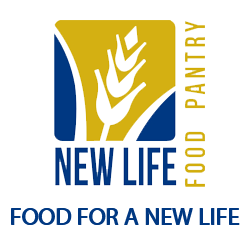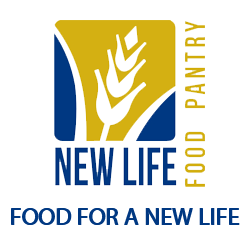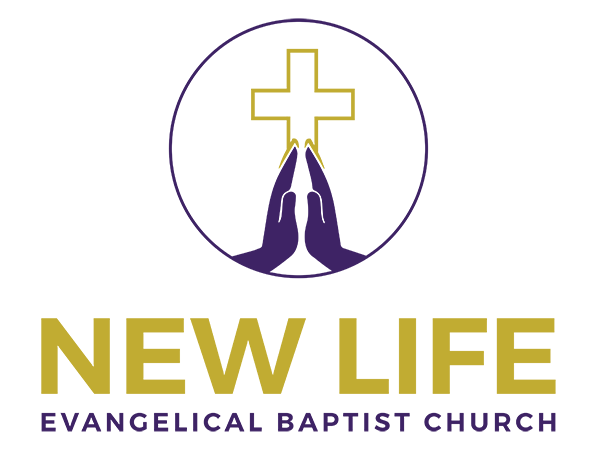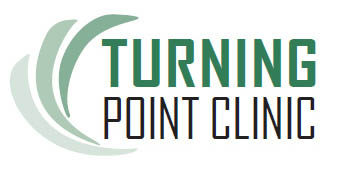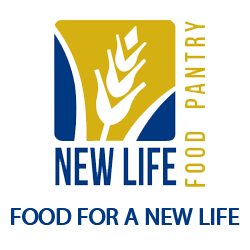Follow Us x
2401 East North Avenue
Baltimore, MD 21213
(443) 800-0213
Open Monday, Wednesday, and Friday - 9am-12pm
2401 East North Avenue
Baltimore, MD 21213
(443) 800-0213
Open Monday, Wednesday, and Friday - 9am-12pm
The New Life Food Pantry is helping to fight the opioid epidemic in the trenches with the Turning Point Suboxone and Methadone Clinic in East Baltimore. It is a longtime leader in a city often called ground zero in this battle. The New Life Food Pantry provides food, drink, and personal care items to those receiving treatment at Turning Point (in the same building as the Clinic) , providing stability to patients and encouraging them to continue on a path toward recovery. We are a part of an effective holistic approach to treating this affliction, including behavioral, mental and physical health and spiritual counseling.
What exactly is this crisis that has grown so rapidly all across the nation? On this page we will bring you news and up to date information about the work of the Turning Point Clinic as well as the causes and consequences of opioid addiction to individuals, families and communities. In doing so, we hope you will gain a better understanding of the issues and why the work of the New Life Food Pantry is such an important part of the fight against addiction.
Learn More About the Opioid Crisis below:
The Washington Post: "Opioid Crisis: In Maryland, a house of recovery and reckoning"
"The chime on Rusty Bakalar’s phone rarely signals good news. But on a Friday evening in June, as he tallied rents he’d collected from the residents of Champ House, it brought a moment of hope."
The New York Times: "Short Answers to Hard Questions About the Opioid Crisis"
"How bad is it?It’s the deadliest drug crisis in American history. Drug overdoses are the leading cause of death for Americans under 50, and deaths are rising faster than ever, primarily because of opioids. Overdoses killed more people last year than guns or car accidents, and are doing so at a pace faster than the H.I.V. epidemic at its peak."
The Capital Gazette: "On Opioids We Can Save Lives and Money"
"Over the last 15 years, Turning Point has treated over 10000 patients; over 3000 are in treatment currently. Seventy-five dollars a day for 7500 patients for 10 years means over $2 billion spent on illicit drugs, just by our patients."
How Far Does Damage from Opioid Addition Extend?
By Weston Coward
When a family member, spouse or other loved one develops an opioid addiction - whether to pain relievers like Vicodin or to heroin - few people know what to do. Faced with someone who appears to be driving heedlessly into the abyss, families often fight, freeze or flee, unable to figure out how to help.
Cocaine-Related Overdose Deaths Rise In Maryland
By Kelly Burch
In Maryland, 27.7% of people who died of a drug overdose this year had cocaine in their systems, often alongside opioids, showing the re-emergence of cocaine used in deadly combination with opioids.
According to the Baltimore Sun,there were 325 deaths related to cocaine during the first half to 2017.
Every day, more than 90 Americans die after overdosing on opioids.1 The misuse of and addiction to opioids-including prescription pain relievers, heroin, and synthetic opioids such as fentanyl-is a serious national crisis that affects public health as well as social and economic welfare. The Centers for Disease Control and Prevention estimates that the total "economic burden" of prescription opioid misuse alone in the United States is $78.5 billion a year, including the costs of healthcare, lost productivity, addiction treatment, and criminal justice involvement.2 How did this happen?
Drug overdose deaths and opioid-involved deaths continue to increase in the United States. Deaths from drug overdose are up among both men and women, all races, and adults of nearly all ages. More than three out of five drug overdose deaths involve an opioid. Opioids are substances that work on the nervous system in the body or specific receptors in the brain to reduce the intensity of pain. Overdose deaths from opioids, including prescription opioids and heroin, have more than quadrupled since 1999. Overdoses involving opioids killed more than 28,000 people in 2014. Over half of those deaths were from prescription opioids.
This update of the National Institute on Drug Abuse's Principles of Drug Addiction Treatment is designed
to serve as a resource for healthcare providers, family members, and other stakeholders trying to address the myriad problems faced by patients in need of treatment for drug abuse or addiction.
